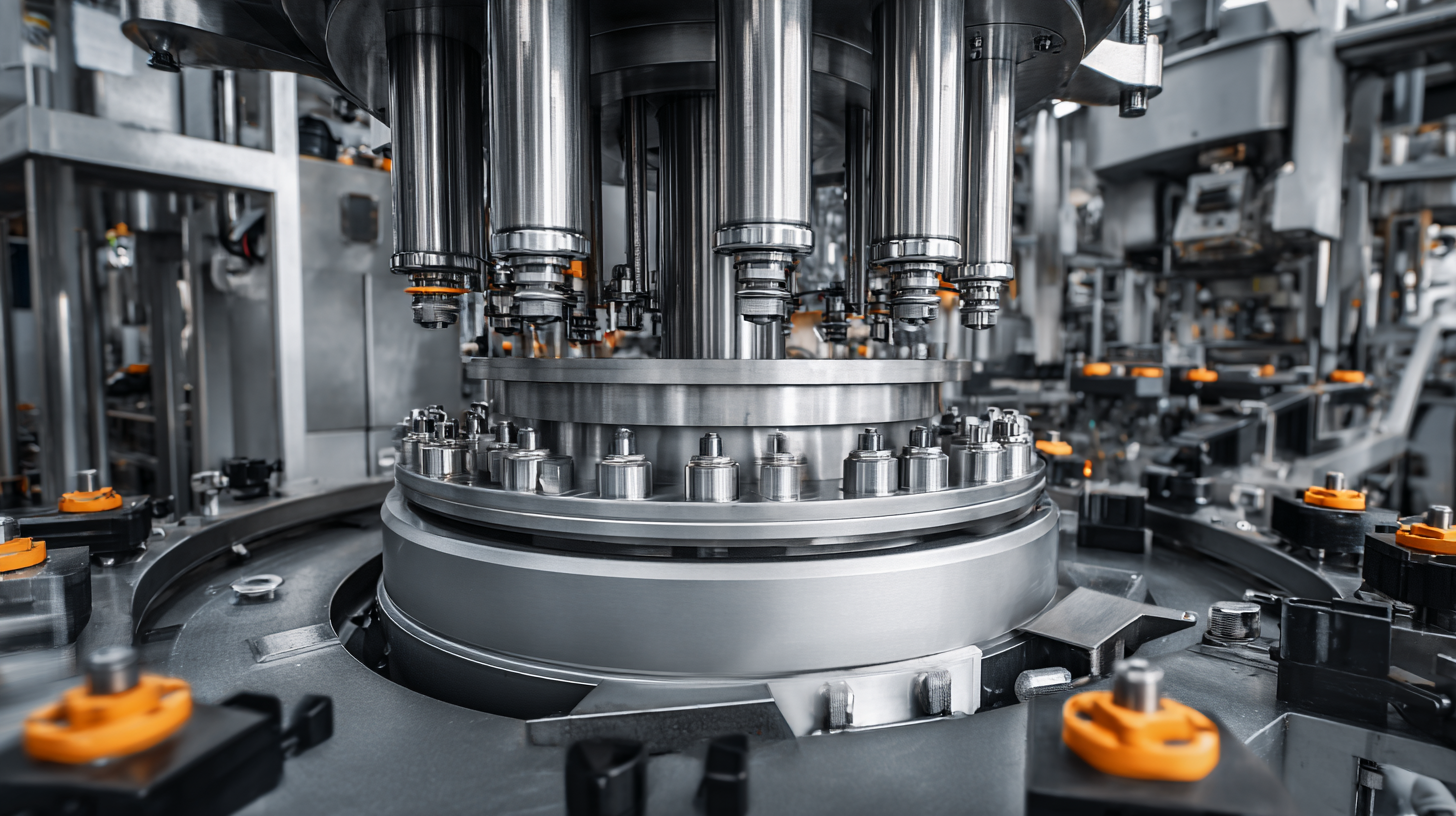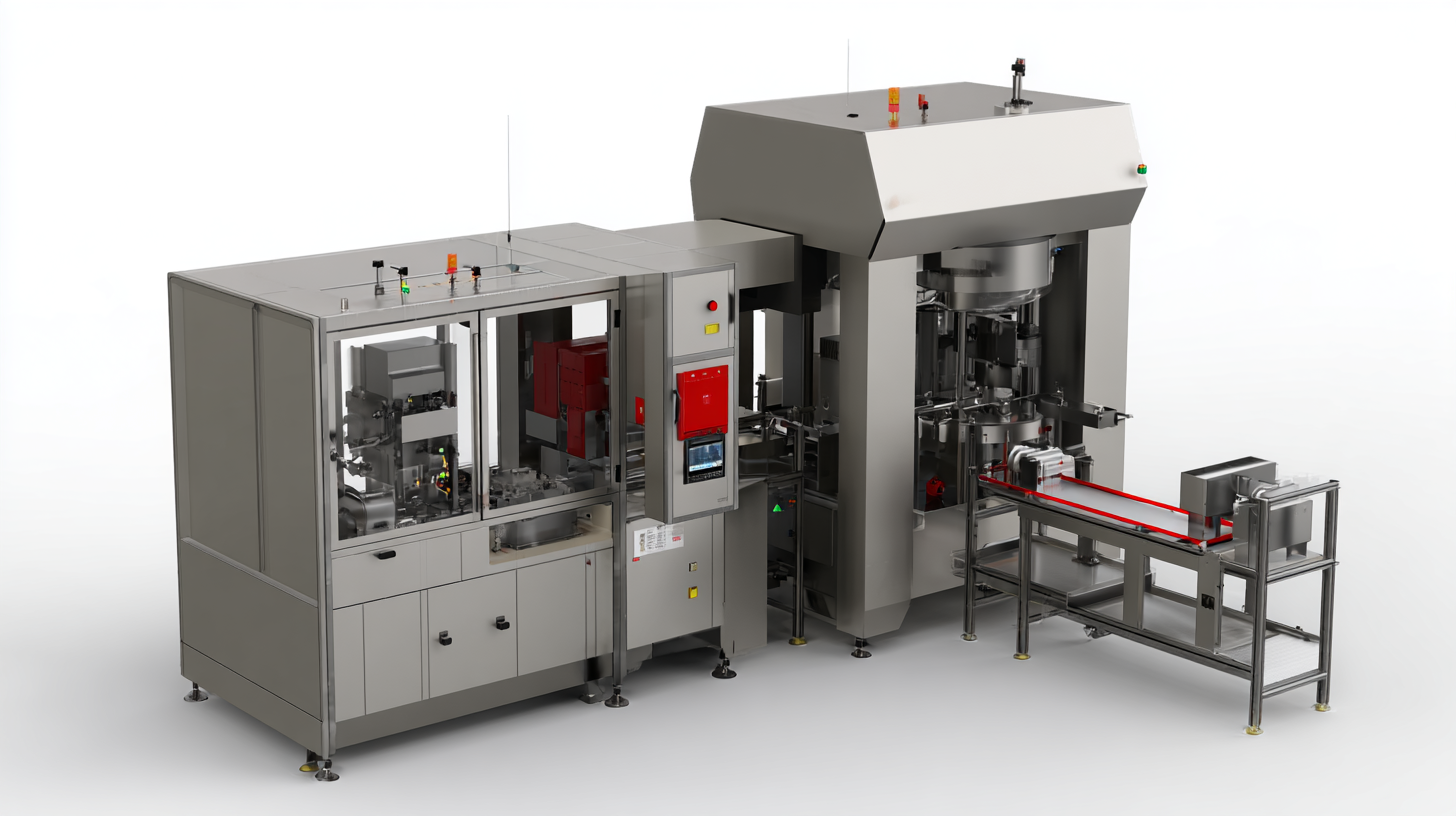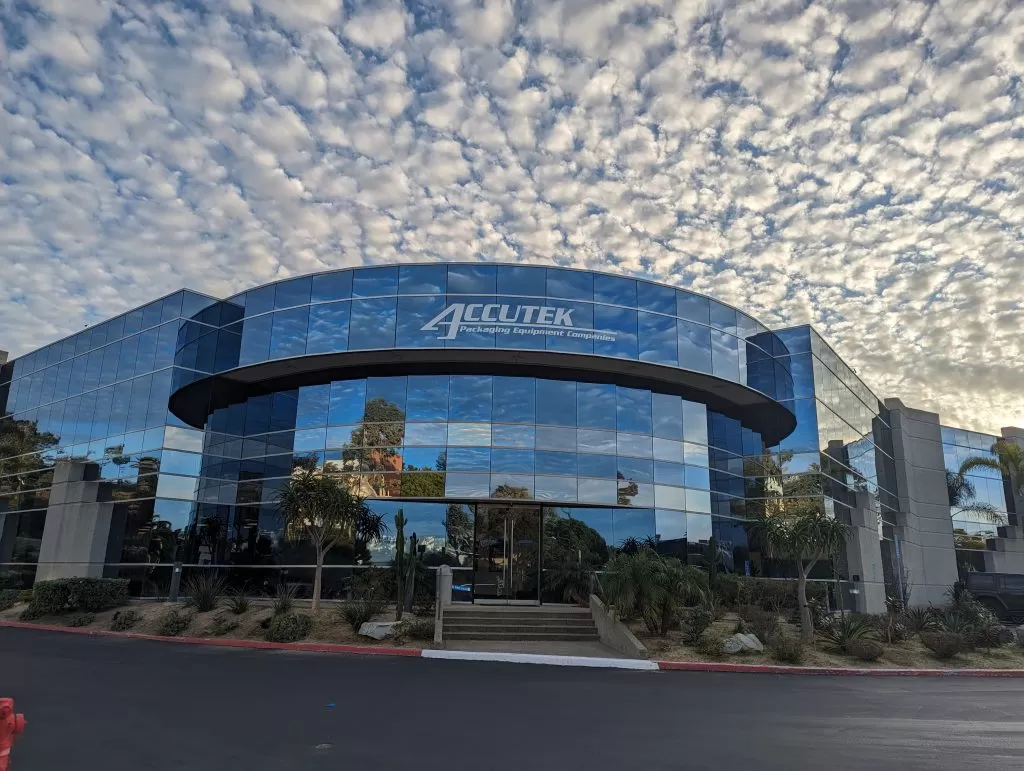As industries continually evolve towards greater automation and efficiency, the role of the powder filling machine has become increasingly pivotal. According to a report by Research and Markets, the global powder filling machines market is projected to grow at a CAGR of 5.6% from 2021 to 2026, driven by demands for enhanced production capabilities and precision in manufacturing processes. This surge in growth highlights the importance of integrated technologies that streamline operations, reduce labor costs, and enhance overall product quality. Moreover, advancements such as smart sensors and machine learning are poised to revolutionize how powder filling machines operate, driving increased accuracy and reducing waste. As we delve into the future trends of powder filling machines in automation, it becomes clear that the nexus of technology and machinery will significantly shape operational efficiencies across various sectors.

Automated powder filling machines are revolutionizing various industries by enhancing both efficiency and precision in the production process. One of the primary advantages of these advanced systems is their ability to significantly reduce human error. In industries such as pharmaceuticals and food processing, where precision is crucial, automated machines ensure consistent filling quantities, minimizing waste and maximizing product quality. This level of reliability not only meets regulatory standards but also increases customer satisfaction by ensuring that each package contains the expected amount of product.

Additionally, the adoption of automated powder filling machines streamlines operations, allowing companies to boost production rates without compromising quality. These machines can be programmed for various product types, making them highly versatile. This adaptability is particularly beneficial for companies facing changing market demands, as they can quickly switch between different products without extensive downtime. Moreover, automation reduces the labor costs associated with manual filling processes, freeing up resources that can be redirected towards research and development or other critical areas of business growth.
As industries increasingly turn towards automation, powder filling machines have emerged as vital equipment in enhancing efficiency and productivity. According to a recent report by MarketsandMarkets, the global powder filling machine market is projected to reach $8.6 billion by 2026, driven by the rising demand for packaged products and the need for higher production rates. Improved efficiency in powder filling can lead to an up to 20% increase in production rates, allowing manufacturers to meet growing consumer demands while minimizing labor costs.
One of the key factors driving cost savings in production is the reduction in waste and downtime. By implementing advanced automation technologies, companies can achieve precision that lowers the chances of overfilling or underfilling, which is crucial for maintaining product integrity. A study conducted by the Automation World indicated that efficient powder filling processes save manufacturers approximately 15% on production costs through reduced material waste and less frequent machine maintenance.
Tips: To maximize your production efficiency, consider investing in smart sensors and IoT-enabled machines that provide real-time data for monitoring filling processes. Regular training for operators can also ensure that your team is adept at utilizing the latest technologies, leading to more streamlined operations and further cost savings in the long run.
This chart illustrates the impact of efficiency improvements on production rates and cost savings associated with powder filling machines over the next five years.
The integration of smart technology in powder filling systems is transforming the way manufacturers approach automation and efficiency. By leveraging advanced software and real-time data analytics, modern powder filling machines can optimize operational processes, minimize downtime, and enhance product accuracy. These innovative systems often include features such as automated adjustments based on filling conditions and predictive maintenance, ensuring that a facility runs smoothly and effectively.

Tip: When considering an upgrade to smart powder filling technology, prioritize systems that offer real-time monitoring capabilities. This will allow you to track the performance of your machines continuously and make immediate adjustments as necessary.
Furthermore, the incorporation of IoT (Internet of Things) devices in powder filling systems facilitates seamless communication between machines and central control units. This enables better workflow management and accelerated decision-making processes. As businesses increasingly adopt Industry 4.0 principles, the demand for interconnected systems that enhance visibility and traceability in production will continue to grow.
Tip: Invest in training your team on new technologies. Their understanding and proficiency in operating smart powder filling machines will be vital for maximizing the benefits of automation.
In the landscape of production and packaging, the transition from manual to automated powder filling processes represents a significant shift in efficiency and precision.
Manual powder filling has been traditionally used due to its perceived flexibility and low initial investment, but it often falls short in terms of speed and consistency. For instance, the validation of viable-cell
counting methods has demonstrated that manual techniques can introduce variability, negatively impacting outcomes. Conversely, automated filling processes can dramatically enhance production rates and reduce human error,
ultimately leading to more reliable results.
Emerging technologies are at the core of this evolution. As the filling equipment market is projected to grow significantly by 2027,
innovative solutions are being developed to improve the accuracy and speed of powder filling systems. Not just confined to pharmaceuticals, automation is also seeing applications in various sectors, including food processing,
as highlighted by advancements in mushroom cultivation and its efficient processing practices.
The comparative efficiency of automated systems reveals a compelling case for industries to adopt these technologies, improving both productivity and the overall quality of output.
The landscape of powder filling machine development is rapidly evolving thanks to groundbreaking innovations that enhance automation and efficiency. Recent industry reports indicate that the global market for powder filling machines is expected to grow at a CAGR of 7.4% from 2023 to 2030. This growth is driven by the demand for precise, high-speed filling processes that can adapt to various product types and packaging formats. Emerging technologies such as artificial intelligence, machine learning, and the Internet of Things are at the forefront of this evolution, enabling manufacturers to optimize their production lines and reduce downtime.
One significant innovation is the integration of smart sensors and data analytics into filling machines, which allows for real-time monitoring and adjustments during the filling process. This not only enhances accuracy and efficiency but also minimizes waste, as machines can automatically recalibrate based on product characteristics and environmental conditions. A recent study by MarketsandMarkets found that companies utilizing advanced automation technologies have reported up to a 25% increase in production efficiency.
Tip: To stay competitive in this rapidly evolving market, manufacturers should consider investing in retrofitting existing machines with digital technologies.
Another trend shaping the future of powder filling machines is the move towards modular designs that allow for easy customization and scalability. This flexibility enables businesses to adapt their production lines quickly in response to changing market demands. According to a report published by Grand View Research, the modular filling systems are expected to capture a significant market share, driven by their versatility and efficiency.
Tip: Regular training for operators on new technologies can boost the effectiveness of these innovations in your facility.
Accutek Packaging Equipment Companies, Inc. stands as one of the premier privately owned packaging machinery manufacturers in the United States.

Sign up for all the news about our latest arrivals